Our faculty members participate in conferences around the world, conduct groundbreaking research, and publish books and journal papers that contribute to their field and highlight their expertise. We feature those accomplishments and more in this section.
College of Health and Human Services
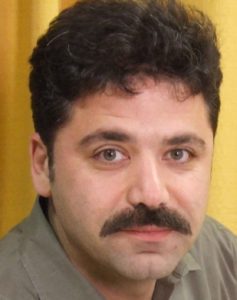 Paymam Nasr, assistant professor of clinical laboratory studies, has been honored with the American Society for Clinical Laboratory Science’s 2019 ASCLS Scientific Research award for his article “Genotypic and phenotypic variations in methicillin-resistant Staphylococcus aureus isolates from outpatient, inpatient, and nursing homes,” which was published in the 2019 Journal of Medical Microbiology. Nasr has also been awarded ASCLS’ 2019 Theriot Award for his project Teaching Hematology in the 21st century: how to use technology to improve student learning experience in the hematology laboratory.
Paymam Nasr, assistant professor of clinical laboratory studies, has been honored with the American Society for Clinical Laboratory Science’s 2019 ASCLS Scientific Research award for his article “Genotypic and phenotypic variations in methicillin-resistant Staphylococcus aureus isolates from outpatient, inpatient, and nursing homes,” which was published in the 2019 Journal of Medical Microbiology. Nasr has also been awarded ASCLS’ 2019 Theriot Award for his project Teaching Hematology in the 21st century: how to use technology to improve student learning experience in the hematology laboratory.
College of Education
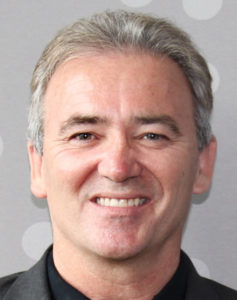
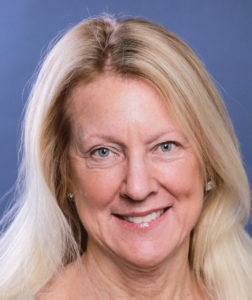
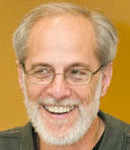
Anthony Normore and Antonia Issa Lahera, professors of school leadership in graduate education, and Kendall Zoller, lecturer in school leadership, co-authored the book “Voices Leading from the Ecotone.” The book offers clarity about how to tackle school challenges and create lasting change. The “ecotone” is the transition area between “how things have always been” and how we want them to be.
College of Business Administration and Public Policy
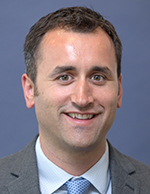 Fynnwin Prager, assistant professor of public administration, joined industry experts as a guest speaker during the Los Angeles Economic Development Corporation’s Future Forum: The Future of Manufacturing. The forum, which took place June 26 in El Segundo, provided attendees a better understanding of the shifts, roles, and influence points within manufacturing industries in Los Angeles County, and the tools to successfully navigate the new landscape.
Fynnwin Prager, assistant professor of public administration, joined industry experts as a guest speaker during the Los Angeles Economic Development Corporation’s Future Forum: The Future of Manufacturing. The forum, which took place June 26 in El Segundo, provided attendees a better understanding of the shifts, roles, and influence points within manufacturing industries in Los Angeles County, and the tools to successfully navigate the new landscape.
College of Arts and Humanities
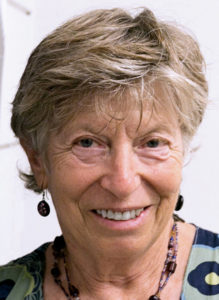 Vivian Price, professor of interdisciplinary studies, served as a Fulbright specialist at the University of Oslo in Norway participating in an international project called WAGE (Work, Labor and the Greening the Economy), which focuses on labor and climate change and how oil workers assess their own role in a green transformation. The petroleum industry is the biggest source of greenhouse gas emissions in the global economy, and countries like Norway, Nigeria, and Canada have based much of their economic growth on the product.
Vivian Price, professor of interdisciplinary studies, served as a Fulbright specialist at the University of Oslo in Norway participating in an international project called WAGE (Work, Labor and the Greening the Economy), which focuses on labor and climate change and how oil workers assess their own role in a green transformation. The petroleum industry is the biggest source of greenhouse gas emissions in the global economy, and countries like Norway, Nigeria, and Canada have based much of their economic growth on the product.
Price also served on a discussion panel after the screening of “The Informal Economy” on May 23 at the Museum of Latin American Art in Long Beach. The documentary follows four California workers, including a Long Beach truck driver, on their quest to change policies and improve their communities.
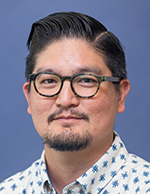 Assistant Professor of Art Devon Tsuno’s work is currently on display in the group art exhibition HOMEBASE, which runs June 22 through August 10 at the Residency Art Gallery in Inglewood. HOMEBASE serves as a “love letter to Los Angeles.” Participating artists were challenged to create works that aesthetically capture narratives, moments, and settings that embody internal and localized perceptions of the city.
Assistant Professor of Art Devon Tsuno’s work is currently on display in the group art exhibition HOMEBASE, which runs June 22 through August 10 at the Residency Art Gallery in Inglewood. HOMEBASE serves as a “love letter to Los Angeles.” Participating artists were challenged to create works that aesthetically capture narratives, moments, and settings that embody internal and localized perceptions of the city.
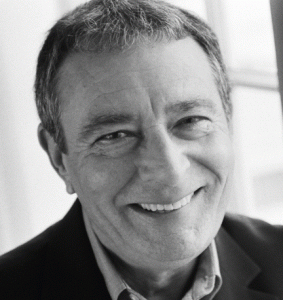
A. Marco Turk, professor and director emeritus of Conflict Resolution and Peacebuilding, recently traveled to Cyprus to conduct four workshops titled “Talking Peace,” a dialogue group facilitator training that he designed at the invitation of the bi-communal civil society organization Unite Cyprus Now, which works to reunite the Greek and Turkish Cypriot communities. While is Cyprus, Turk also presented the talk “Mediation and the Administration of Justice in the 21st Century” during the Seminar on Mediation, sponsored by the Supreme Court of the Turkish Republic of Northern Cyprus. He was also declared honorary president of the Turkish Cypriot Mediation Association that he helped to organize in 1999 with funding from the United Nations.
College of Natural and Behavioral Services
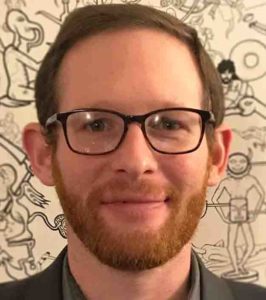 Kenneth Seligson, assistant professor of anthropology, wrote the article “Misreading the story of climate change and the Maya,” which was published in the May 20 issue of The Conversation and appeared in multiple publications, including Popular Science. The article explores coping with climate change by looking to the Classic Maya civilization that thrived between A.D. 250-950 in Eastern Mesoamerica, the region that is now Guatemala, Belize, Eastern Mexico, and parts of El Salvador and Honduras.
Kenneth Seligson, assistant professor of anthropology, wrote the article “Misreading the story of climate change and the Maya,” which was published in the May 20 issue of The Conversation and appeared in multiple publications, including Popular Science. The article explores coping with climate change by looking to the Classic Maya civilization that thrived between A.D. 250-950 in Eastern Mesoamerica, the region that is now Guatemala, Belize, Eastern Mexico, and parts of El Salvador and Honduras.
Recent quotes and/or interviews in the media from faculty
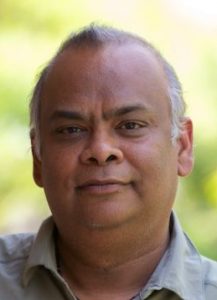 “I agree with the authors that there is some signal (in the stalagmite record) that is coming from the winter rainfall in that particular area, but, by and large, it is dwarfed by the summer monsoon signal. …While oceanic and atmospheric oscillations such as the Pacific Decadal Oscillation may be supporting actors in monsoon regime changes, one has to factor in anthropogenic pressures as well. It’s hard to tease them apart with the data in hand.” –Ashish Sinha, professor of earth science, was quoted in “Stalagmite chemistry offers clues to northeast India’s rainfall,” an article published by the website Mongabay-India on May 24.
“I agree with the authors that there is some signal (in the stalagmite record) that is coming from the winter rainfall in that particular area, but, by and large, it is dwarfed by the summer monsoon signal. …While oceanic and atmospheric oscillations such as the Pacific Decadal Oscillation may be supporting actors in monsoon regime changes, one has to factor in anthropogenic pressures as well. It’s hard to tease them apart with the data in hand.” –Ashish Sinha, professor of earth science, was quoted in “Stalagmite chemistry offers clues to northeast India’s rainfall,” an article published by the website Mongabay-India on May 24.
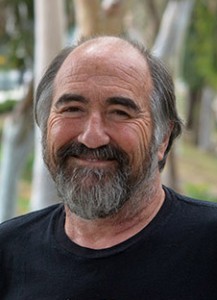 “I think that they’re trying to appease the public. I just don’t think they’re doing the right thing. I think they’re kinda wimping out.” –Larry Rosen, emeritus professor of psychology, was interviewed for the Wired magazine article “Apple’s ‘Noise’ App Is Designed to Save You From Yourself.” Noise is one of several new applications in the Apple Watch focused on monitoring users’ health.
“I think that they’re trying to appease the public. I just don’t think they’re doing the right thing. I think they’re kinda wimping out.” –Larry Rosen, emeritus professor of psychology, was interviewed for the Wired magazine article “Apple’s ‘Noise’ App Is Designed to Save You From Yourself.” Noise is one of several new applications in the Apple Watch focused on monitoring users’ health.